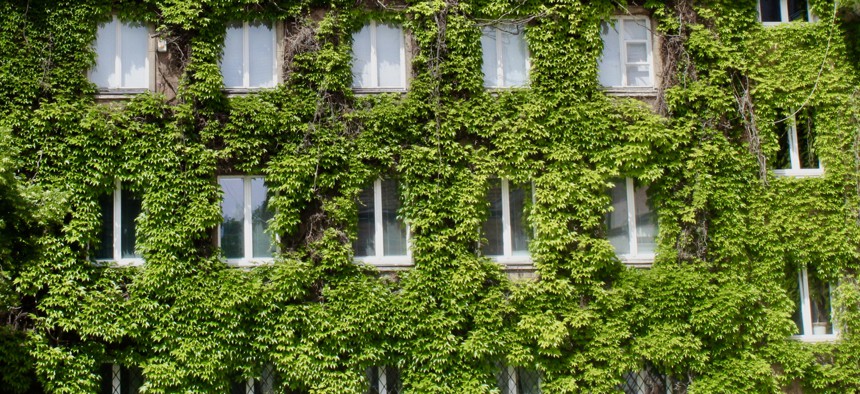affordable housing
Nonprofit to incorporate green strategies in affordable housing efforts
Local Initiatives Support Corporation is setting out to combat climate change

Job Thomas Moolanb - Getty
Local Initiatives Support Corporation, the country’s largest community development organization, has announced plans to increase investments in their climate resiliency and green projects. For years, LISC has been fostering climate resiliency in underserved communities and now the organization wants to focus on incorporating green strategies into its affordable housing efforts.
“Going green is the responsibility of everyone working in community development, especially now with the climate urgency we are facing,” said Madeline Fraser Cook, vice president of community building and resilient solutions. “And not only that, we want to make sure that we're promoting, advocating for and we're implementing green strategies in an equitable way, making sure that those most vulnerable, communities of color, are having access to the healthiest, most efficient buildings that are able to be built and are being built. So we really want to make sure that we're not siloing the green topic, but that we're integrating the green topic into the work of community development”
The plan includes improving resident health, energy and water efficiency, and trimming utility bills, all of which hopes to relieve some of the negative impacts of climate change.
Studies have shown that U.S. neighborhoods with high populations of people of color suffer worse air pollution. Currently, New York City buildings are responsible for 33% of greenhouse gas emissions statewide. LISC wants to help change that.
“At the end of the day, one of the things that I think is really important is that the most vulnerable among us are those that suffer most from climate impacts. And we need to do something,” said Cook. “We need to step up into action now, and whether or not we agree on the cause, and what got us here, I think we can agree on some of the solutions to mitigate and to make some of these places more sustainable over time.”